Community
Very Early Photography
By Lars - 4 min read
This World Photo Day, travel back in time with us.
#
In 2016, taking a picture is relatively easy: take out a cellphone and hit the shutter. We’ve come a long way from the early days of photography, when each photo involved a strenuous process involving unwieldy cameras, metal or glass plates, and mind-numbingly long exposures.
Today, to celebrate World Photo Day and to show how far we have come, we’re showing you some images from the very early history of photography: Images taken before 1900.

The earliest surviving photograph, taken with a camera obscura in 1825.
This picture is commonly referred to as the first photograph in history. Taken by Nicéphore Niépce in 1825 with an exposure time of eight hours, it shows a French landscape – printed onto a metal plate.
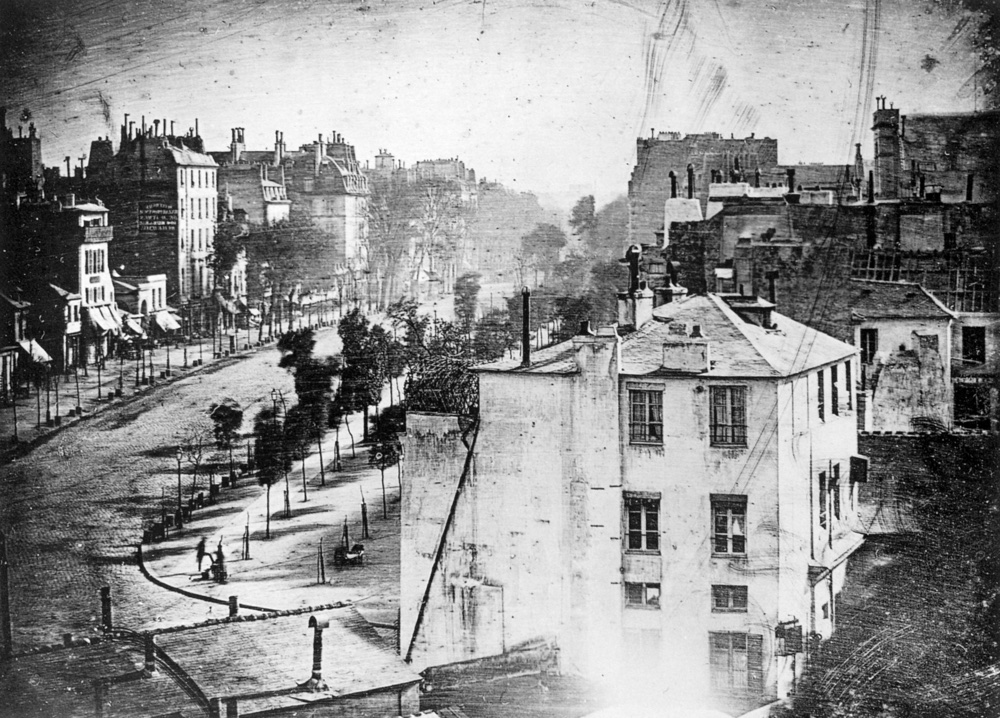
The earliest photo of people, taken by Louis Daguerre in 1838 in Paris.
The first commercial photography process was the Daguerrotype. Invented by the Frenchman Louis Jacques Mandé Daguerre and announced in 1839, it used polished copper plates, upon which the image was exposed. This meant there weren’t any negatives that could be duplicated and each Daguerrotype was one-of-a-kind – and could not be more different from the digital image we take today.
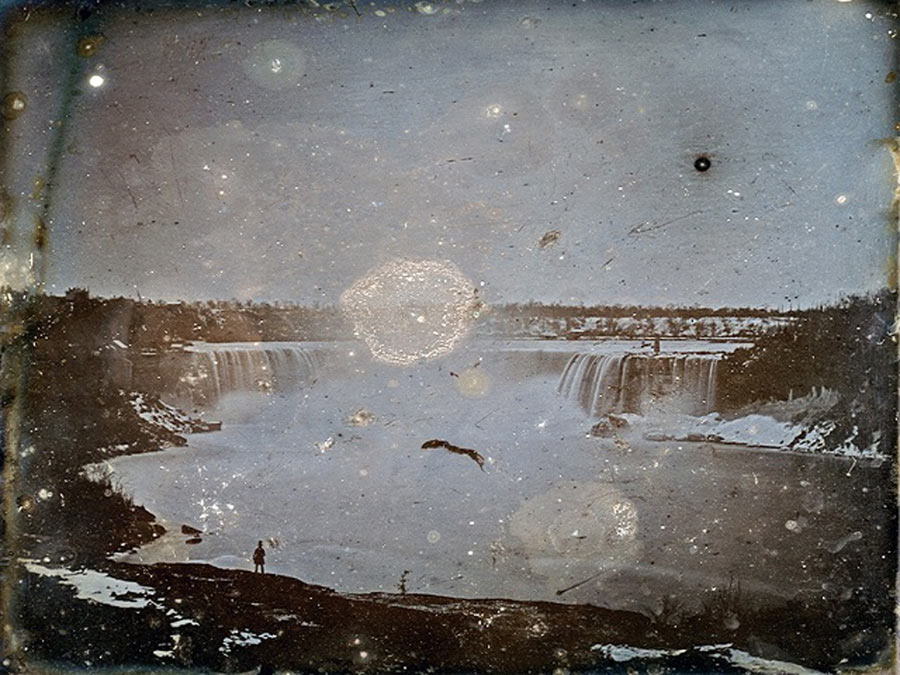
The earliest photo of Niagara Falls, taken by Hugh Lee Patterson in 1840.
In 1840s, Henry Fox Talbot created a rivaling photographic process: Instead of metal plates, he used regular paper that had been coated with salt and silver nitrate. His so-called Calotypes were less sharp than the Daguerrotypes but also more practical: They introduced photo negatives that could be reproduced.

Salted paper print of two chess players, taken by Henry Fox Talbot between 1843 and 1847.
Interestingly, Talbot had a small patent dispute with Daguerre over the years. Perhaps that is why he also decided to take pictures of the streets of Paris:

The boulevards of Paris, also by Henry Fox Talbot, taken in 1843.
As progress marched along, both processes were soon made obsolete again, when Frederic Scott Archer (and Gustave Le Gray, at around the same time) invented the so-called Collodion process that combined the detail of the Daguerrotype with the practicality of the Calotypes: With this new process, photos were printed on glass plates.
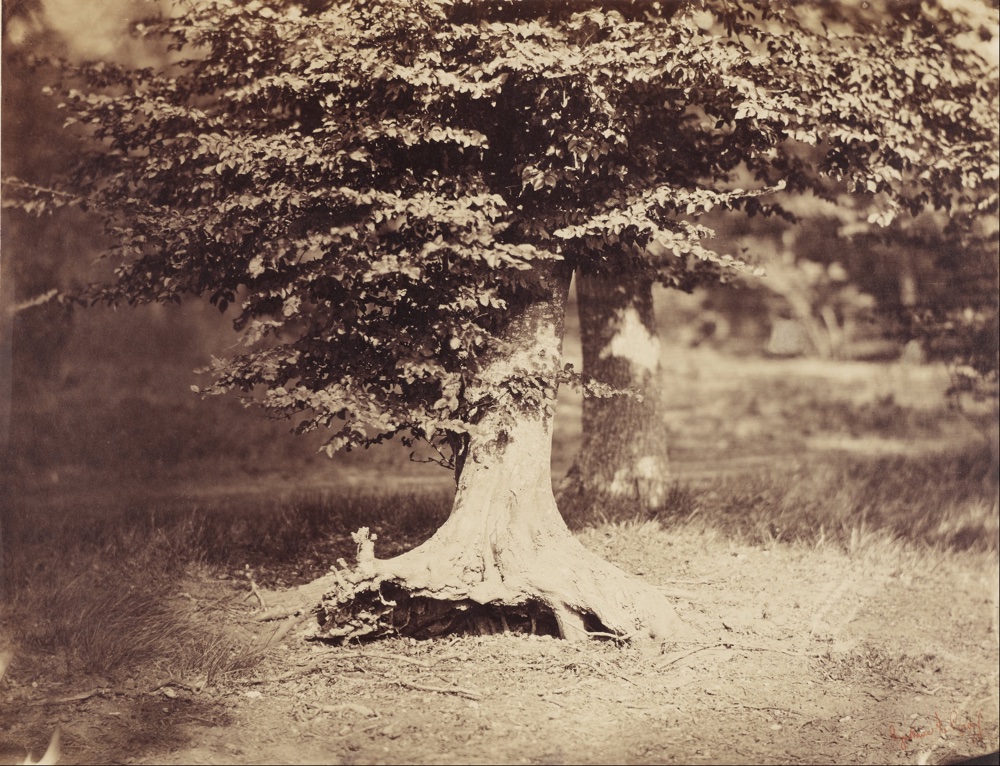
Beech Tree, by Gustave Le Gray, 1856.
Archer never patented his invention, considering it a “gift to the world”. And that sentiment turned out to be quite prophetic: Over the years, the process he helped invent would give rise to gelatin printing and, later, the film that popularized photography in the 20th century.
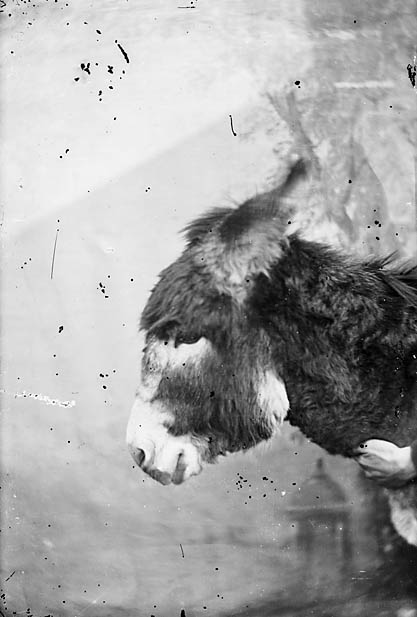
A donkey, captured on a glass plate by Thomas John in 1875.
World Photography Day is a great way to remember that the ease with which we take photos today is the result of more than 170 years of constant invention and progress – and it goes to show that photography, as we know it today, is far from fully developed. Just as the 19th century saw countless innovations in capturing the world onto different mediums, we’re now just in the very early stages ofredefining the future of photographyin the digital world.
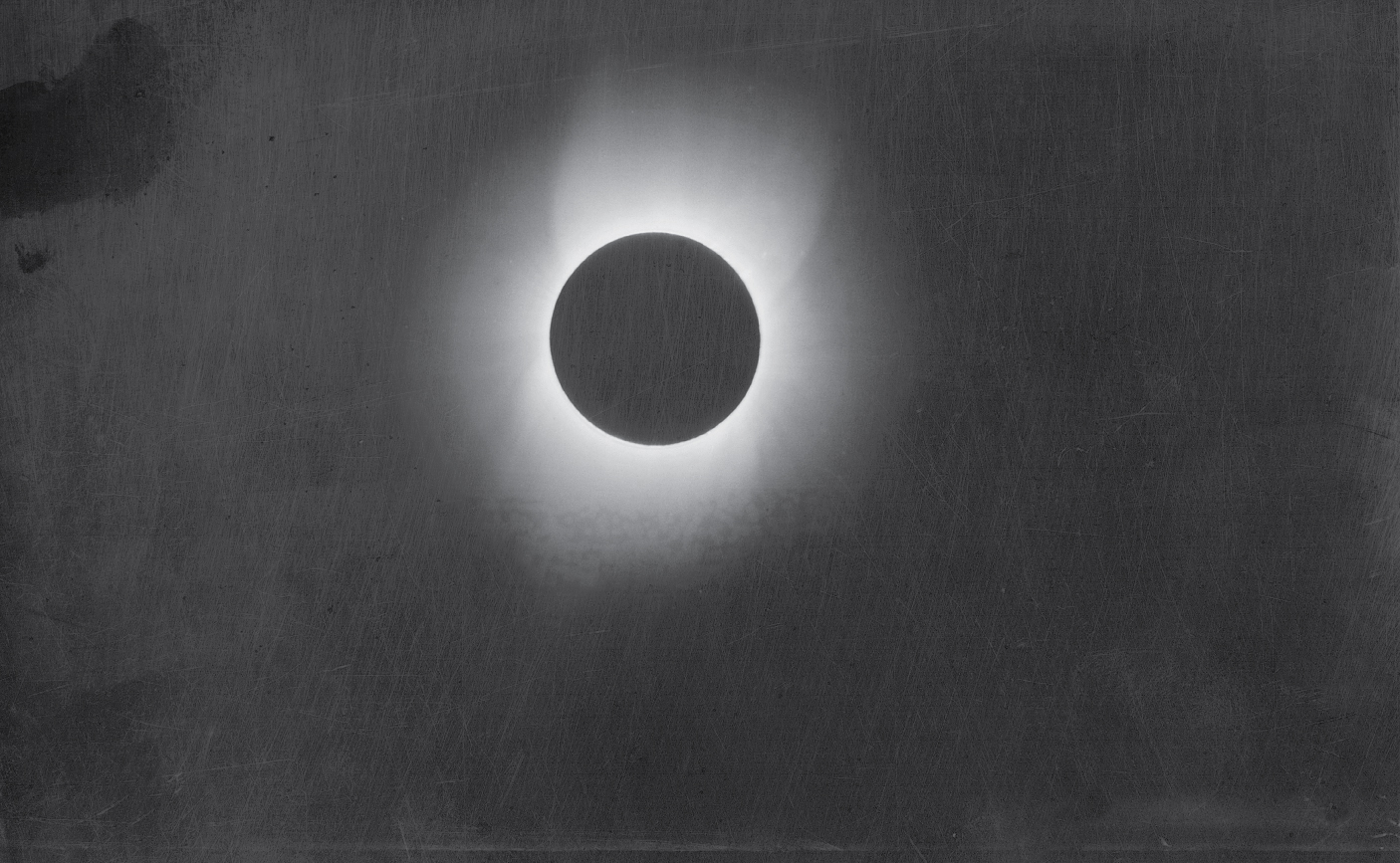
A solar eclipse, captured by Thomas Smillie on a glass plate around 1900.
All photos shown here are in the Public Domain.
